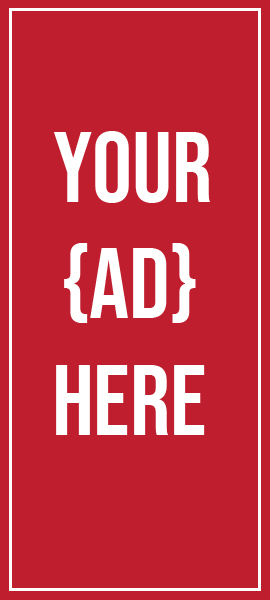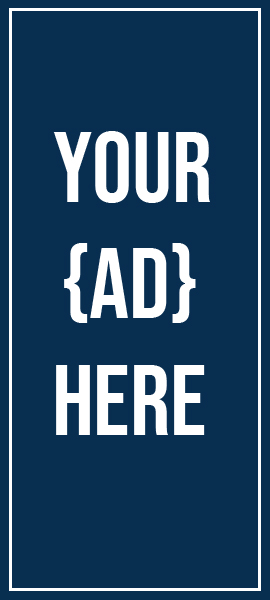
Using Body Language for Sales
The more elaborate our means of communication, the less we communicate.
– Joseph Priestly
Body language can provide people in business with a key advantage. Learn how to adjust your body language to each situation, as you identify the needs, thoughts, and feelings of those you do business with every day. A basic understanding of body language will strengthen negotiating strategies and other business tactics.
Communicate with Power
Powerful communication breeds confidence and respect. It is important that people sense power without aggression. Communicating with power requires practice, but it is an effective business tool.
Powerful Movements:
Stance: A wide stance with the feet apart indicates power. Hands on the hips with the elbows out take up more space and also indicates power.
Positioning: Avoid open space at your back. It is known to elevate stress. Open spaces can be used to make others more vulnerable.
Walk: Walk quickly and take long strides. Be careful not to run, and keep the back and neck erect.
Handshake: Offer a firm handshake, and keep the hand vertical. Placing the palm up because it is a submissive gesture. The palm down is a dominating gesture.
Sitting: Sit with the legs slightly apart. Another powerful pose is sitting with one leg crossed over the other and hands behind the head. Be careful, however, because this position makes many women uncomfortable.
Cultural Differences
International business means working with different cultural backgrounds. While certain expressions are universally recognized, many gestures are cultural. It is essential to research the etiquette and communication style of any culture you do business with ahead of time.

Examples of Differences:
Feet: Pointing feet at people or showing the soles of the feet is disrespectful in many Middle East and Asian cultures.
Eye contact: Different cultures view prolonged eye contact as disrespectful.
Hand gestures: Avoid Western hand gestures when communicating with people from different cultures. Many of them, such as thumbs up, are rude.
Head: Individuals from certain parts of India may move their heads to the side when they agree.
Building Trust
Monitor body language to build trust with business partners. Personal perception builds trust. There are steps that anyone can take to create a rapport of trust.
Steps:
Remove barriers: Physical barriers create a defensive line and do not increase trust.
Smile: A genuine smile helps build trust. People can typically pick up on fake smiles, and insincerity does not engender trust.
Body position: Remain relaxed to build trust.
Listen: Active listening and repeating information helps connect with people.

Mirroring
Mirroring helps build rapport. Mirroring occurs when we copy the movements and gestures of others to show similarities. The perception that people are similar creates trust. Typically mirroring comes easier to women. Women will mirror each other in social settings. Men usually mirror women in romantic situations. In the business setting, consciously mirroring a client or colleague will have dramatic results.
What to Mirror:
Smile: Smile when the client does.
Height: Some people mirror height by stooping or stretching their bodies.
Gestures: Copy the gestures used.
Speech: Monitor the tone, pitch, and rhythm the individual uses.
Breathe: Matching breathing rates will help create a bond.
Practical Application
William was in charge of sales. He was sure that his ability to read body language would give him an advantage. The company was expanding into Asian markets. At his first meeting, William focused on his body language. He gave the associate his full attention, even pointing his body and feet at the direction of the associate. The meeting did not go as well as expected, and his associate seemed uncomfortable. William researched the cultural conventions of his associate and learned that he was being insulting with his feet. The subsequent meetings were much more effective.





